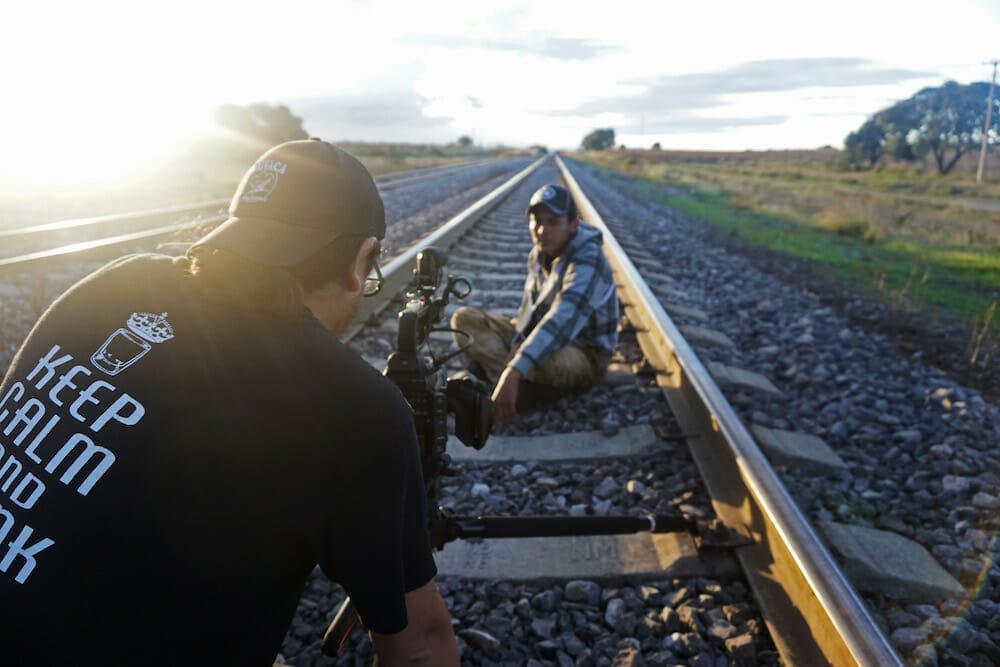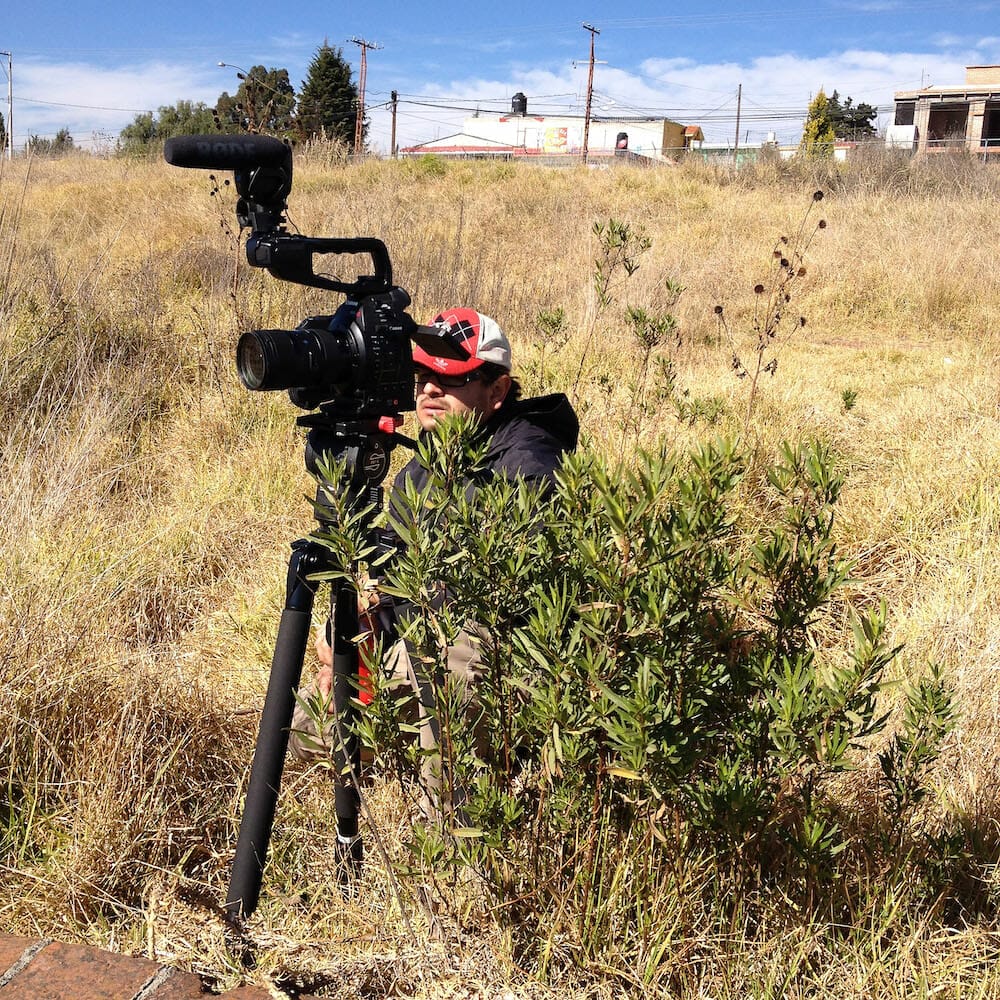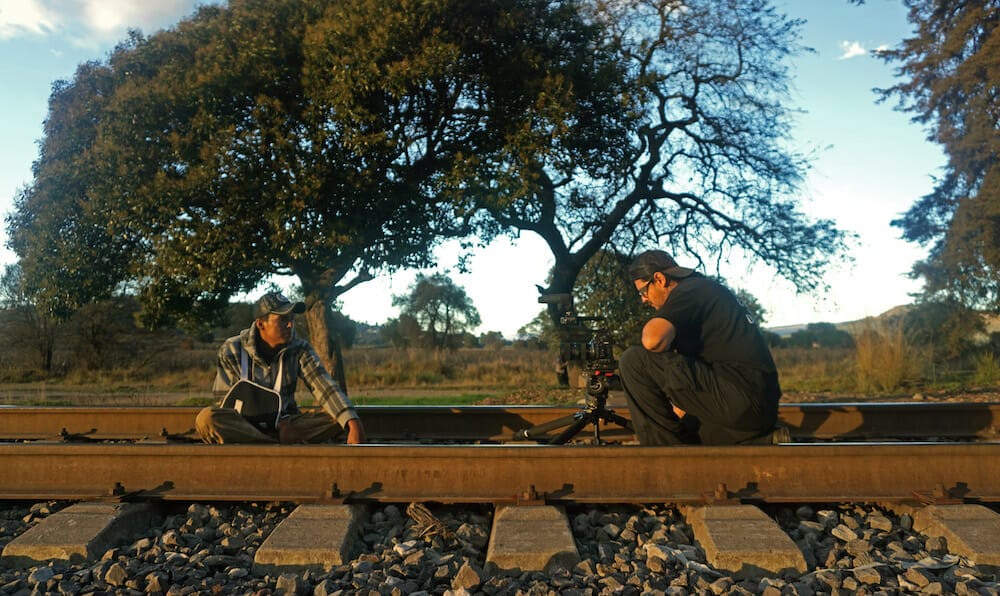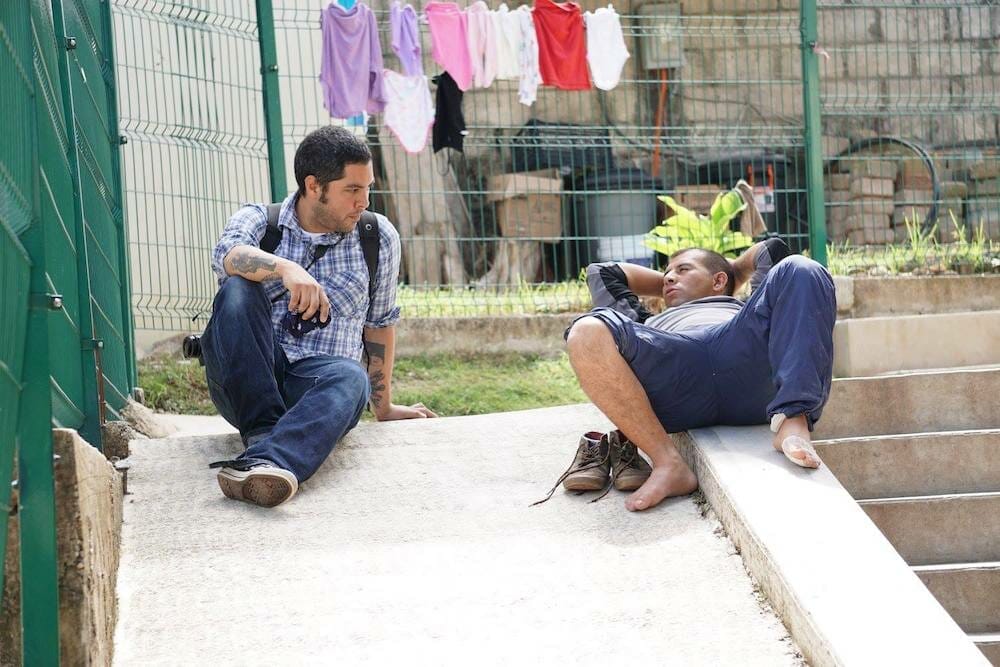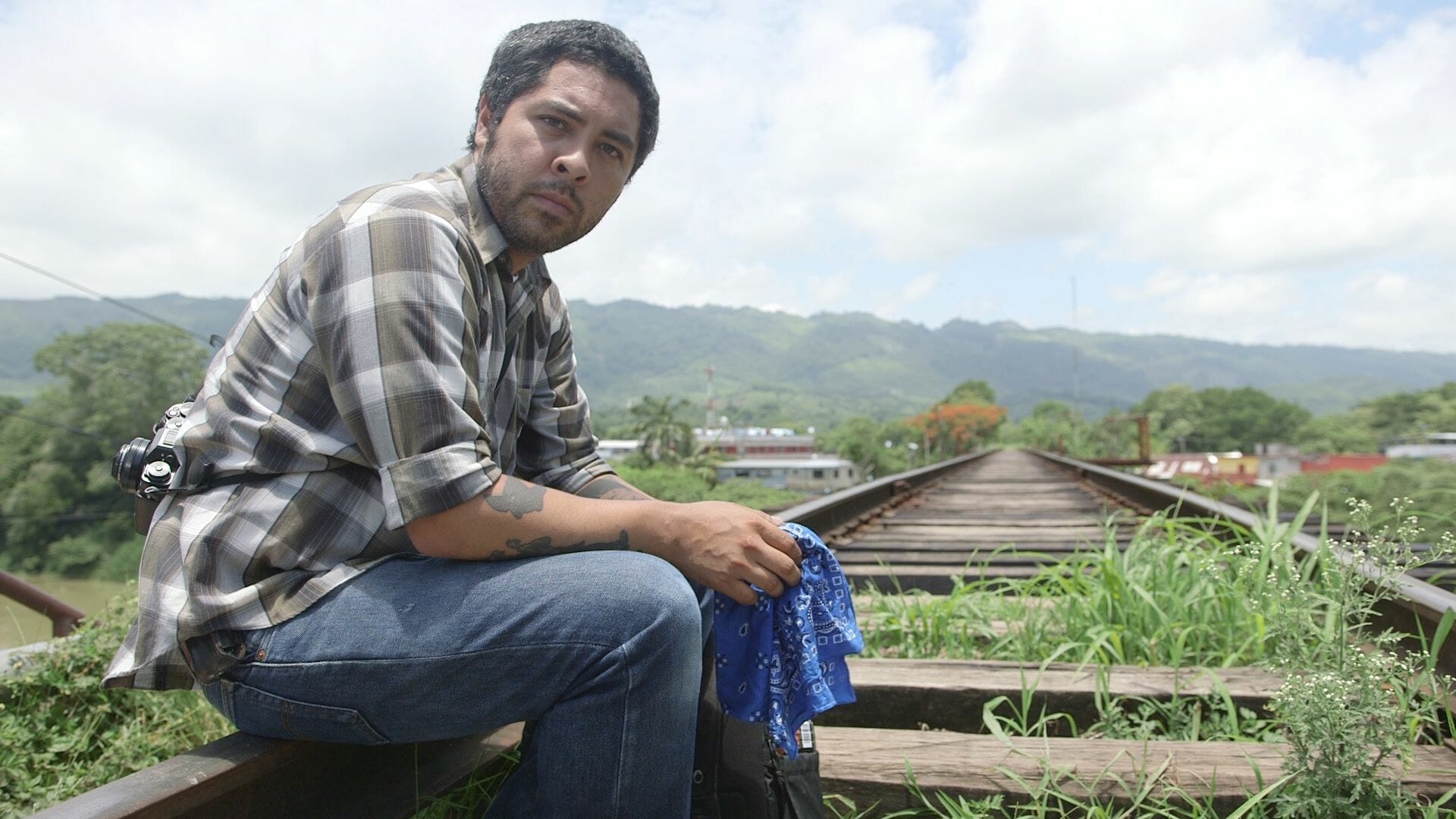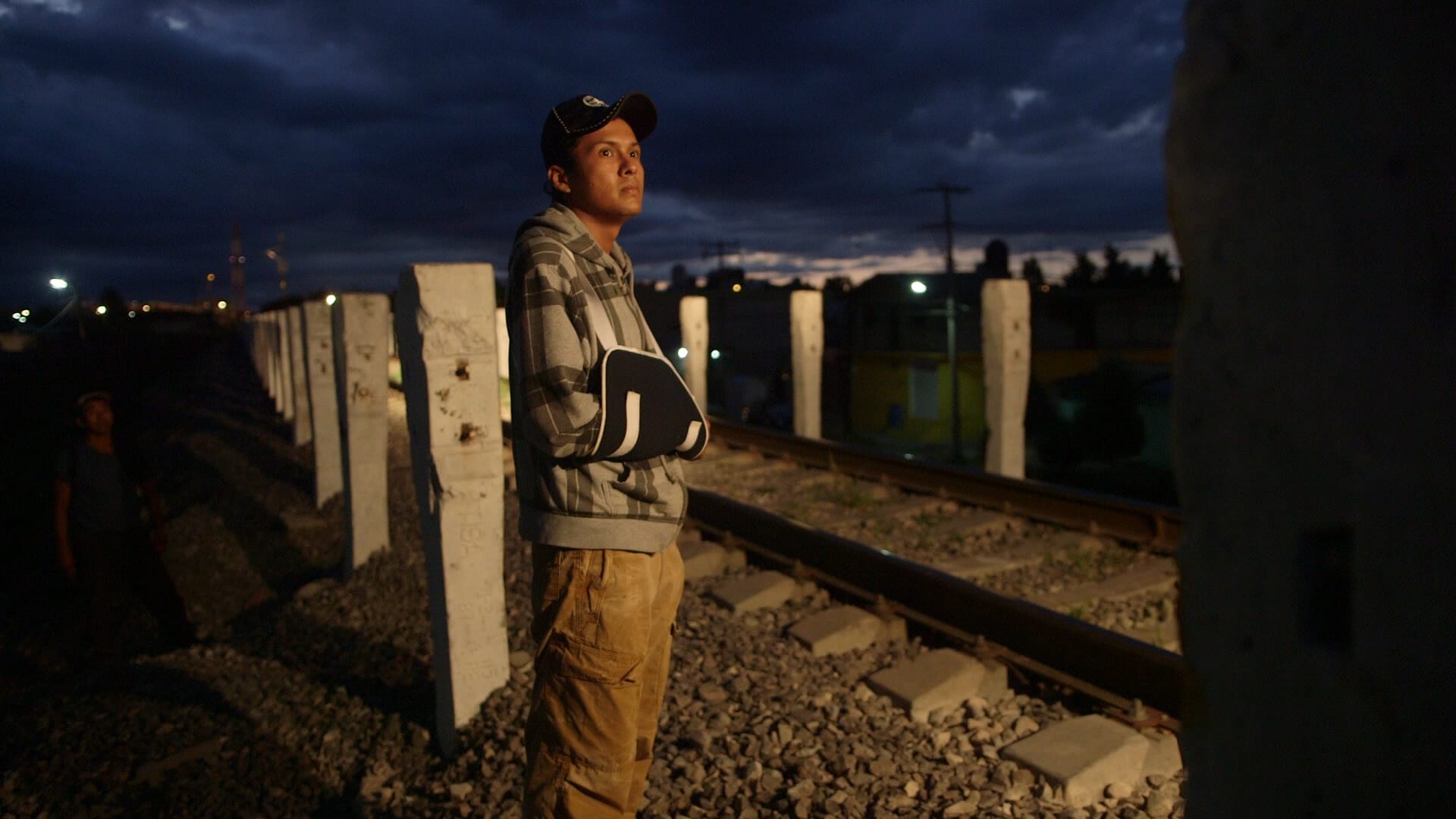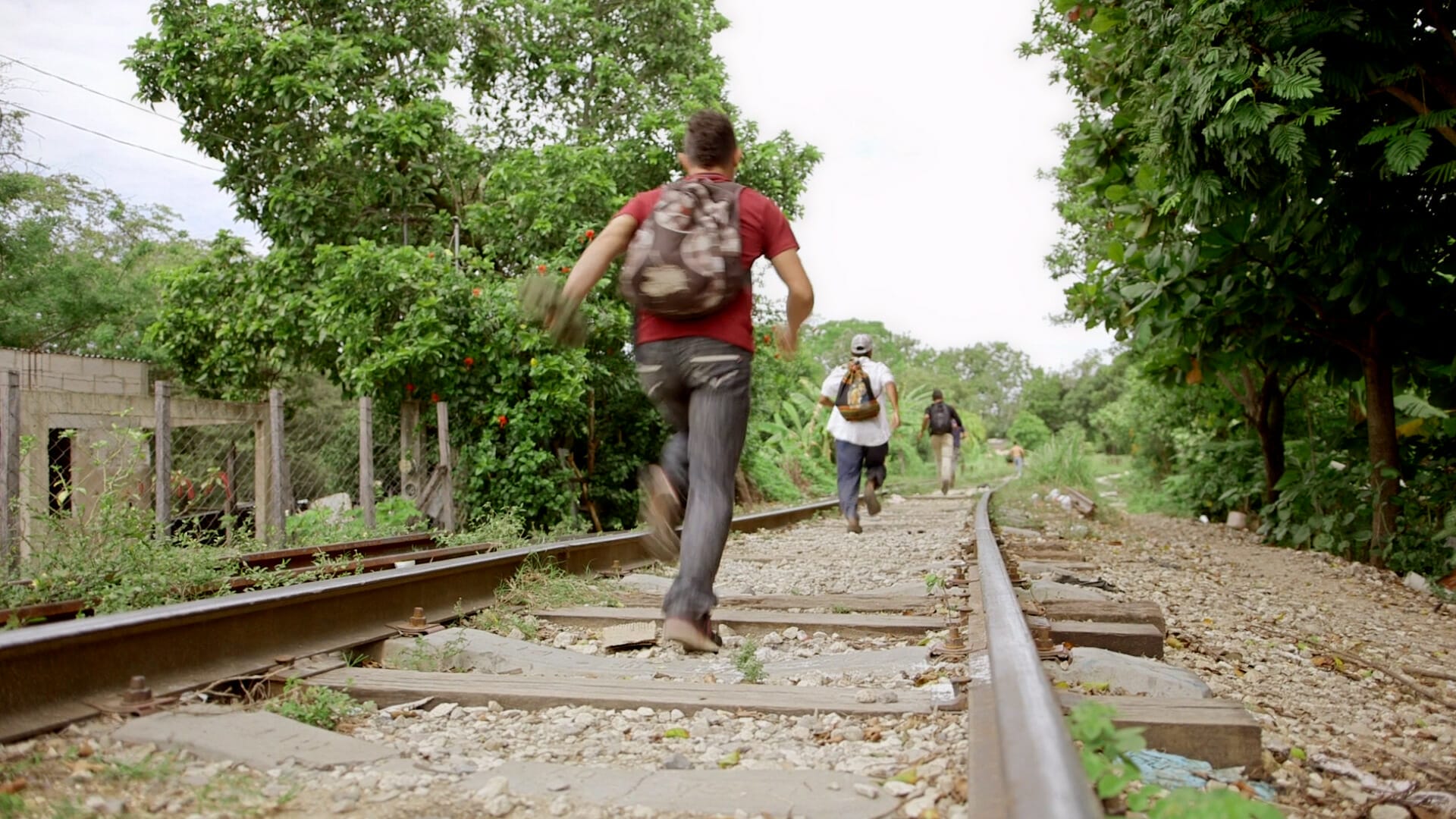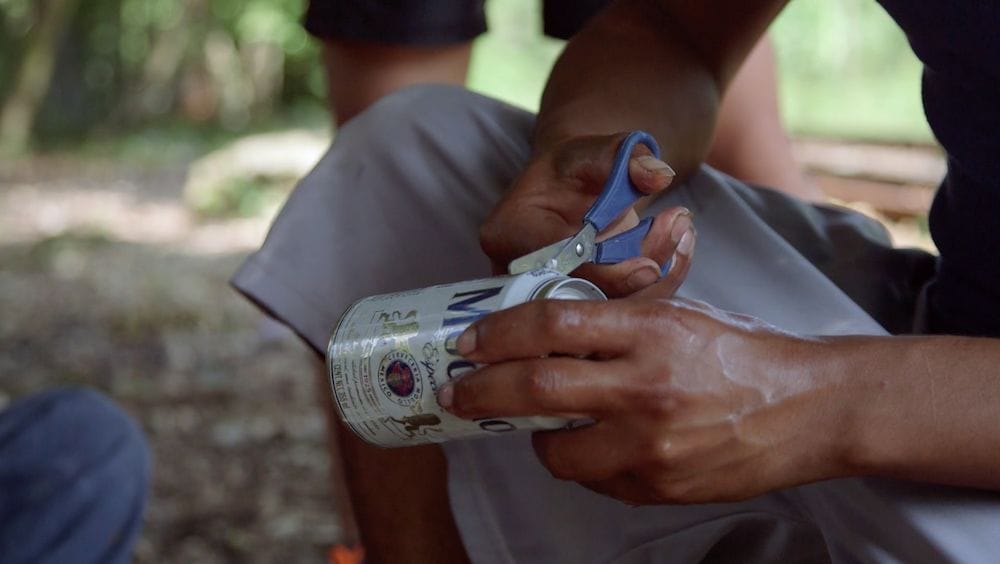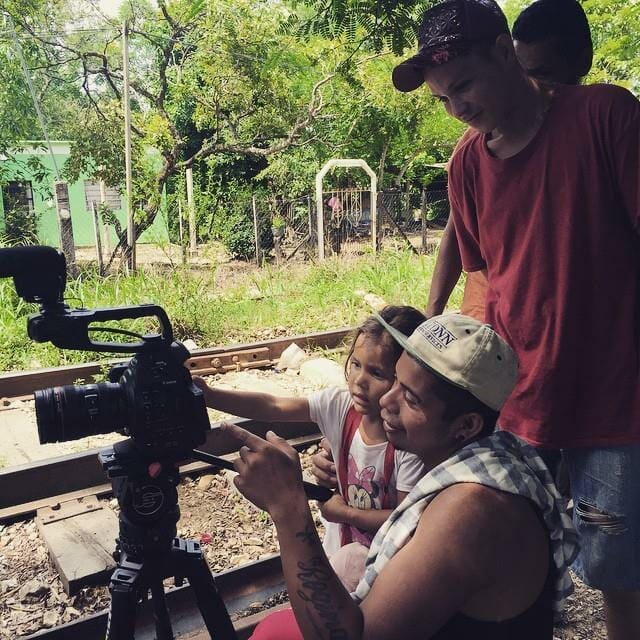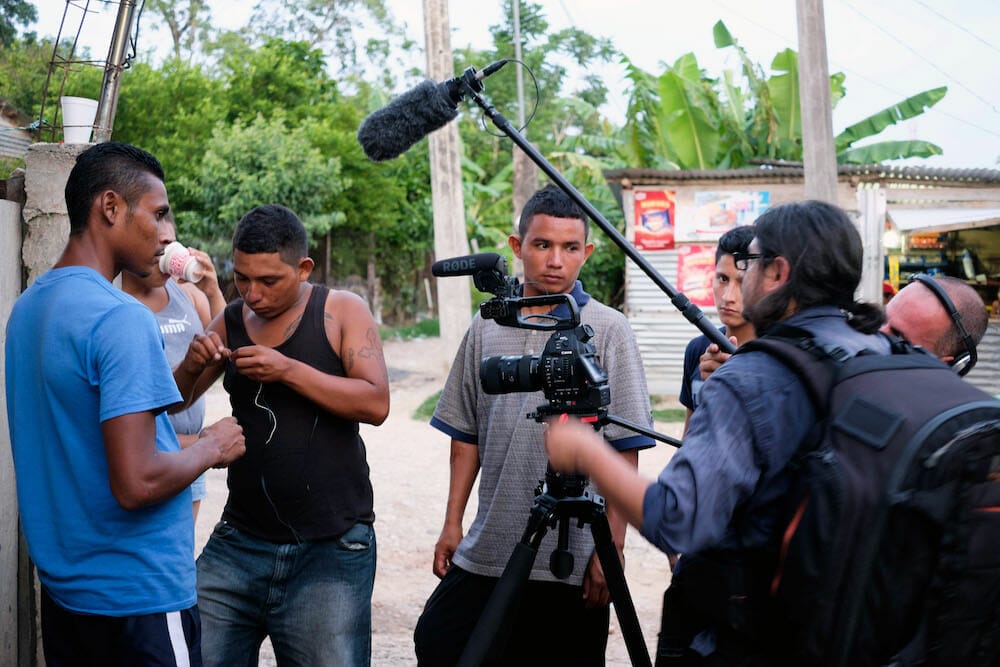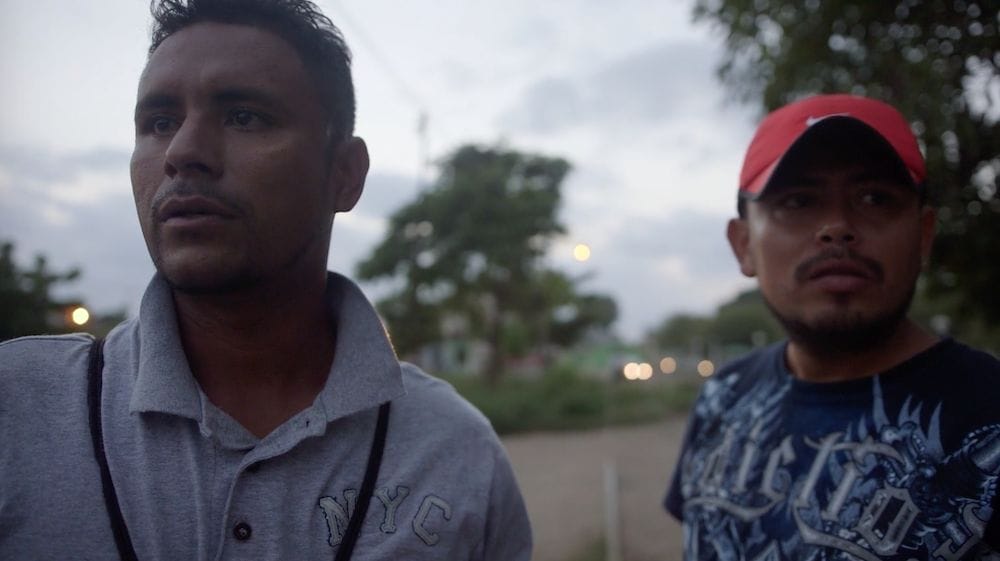Editor’s Note: Read the related story – “Ovid.tv Presents BORDER SOUTH Film Review – Journey Along the Migrant Trail”
Border South is a film that follows the migrant routes from southern Mexico to the U.S.-Mexico border, representing the untold parts of these migrants’ stories. The film’s director, Raúl O. Paz-Pastrana, describes that “from the very beginning, I wanted to focus on the parts that I did not see or read in the media or other films, but that I constantly heard from family members and friends that have made this journey. Undocumented migrants are victims, yes, but they are also hustlers; they are funny, kind, and smart enough to survive cartels, local criminals, corrupt police, nature, and more. I wanted to highlight these aspects as much as possible, to present migrants in ways people are not used to seeing them, but that I feel create much deeper connections.”
Raúl O. Paz-Pastrana is a Mexican immigrant filmmaker, cinematographer, and multimedia creator. His work intersects contemporary art, political documentary, and visual ethnography to explore themes of belonging, alienation, and the concept of home. His films have screened at museums and festivals worldwide.
Here Picture This Post (PTP) talks to Raúl O. Paz-Pastrana (RPP) about Border South, journeys along the migrant trail, and the role of art in representing hidden stories.
(PTP) How do you see art as a tool for changing people’s thoughts about border policies, and how did this shape your work on Border South?
(RPP) Art is a way to understand each other and to connect with one another at a deeper level. When you experience a work of art like a painting, or you listen to a song, you're connecting to that and that is connecting to you. As filmmakers, we use the art of cinema to find and create those connections. But also, the work of an artist is to express the challenges of our times while exploring what's happening around us: Our upbringing shapes who we are, and it reflects on the stories we tell and how we choose to tell them.
In my case, I am not concerned about changing people’s thoughts about border policies. I am concerned about expressing, through film, what I feel has been missing in conversations about clandestine immigration and immigrants in general. It is well documented why people migrate, and the role that US imperialism has played in destabilizing countries in Central and Latin America. There are numerous books, films, and news reports about the suffering, poverty, war, corruption and climate crises that creates the conditions for the mass migration that we are seeing today. Not knowing about it is more of a choice at this point.
What is not well documented is the migrant as a full human being, — one that jokes, shares food, and finds creative ways to cross one of the deadliest migrant routes in the world. With Border South, I wanted to connect people to that, for them to see migrants not as humiliated and hunted, like in many media reports, but as capable, smart human beings that are dealing with extreme dangers, and that in the face of it all, still find time to be humorous and gracious. At the end of one screening of Border South, in 2019, one person said to me that she would rather have any of the migrants in Border South as her neighbors than the racist, xenophobic MAGA neighbors she currently has. Does that change policy? I don’t know. But it definitely allows audiences to connect with the protagonists of the film and see them as humans deserving of a better life.
In Border South, why did you decide to contrast the migrants’ storylines, such as that of Gustavo, with the storyline of an academic approach to border policies, that of anthropologist Jason De León?
Each story thread in Border South tells us something about the migrant trail that is unique and unexpected.
Jason starts his journey in the film as an accomplished anthropologist, who is ready to teach us the truth about the migrant trail and give us answers. But as Jason’s thread evolves in the film, we realize that even being an accomplished academic like him—with modern technology and the privilege to move in and out of the migrant trail—can’t give us concrete solutions to the situation. This culminates when Jason realizes that he can’t even find the remains of one migrant in the Arizona desert, Jose, and that he will never give closure to Jose’s mom, who after all these years is still hoping to find him alive.
Gustavo’s story is unique because we get to see a lot of the complexities of how Mexico has become a barrier to deter clandestine migration to the United States. We meet Gustavo in a shelter in Central Mexico just after he has been shot by Mexican police while riding on top of a train. From Veracruz, Mexico to Mexico City, many migrants are assaulted and killed while riding the trains north. The culprits are criminals dressed like Mexican Federal police, or Mexican police that are criminals. The line between corruption and criminality in the route’s migrant cross is very thin, and almost impossible to distinguish, if at all.
Because it is election season in Tlaxcala, when Gustavo gets shot, there is media attention to his case and some politicians use him to gain electoral points. However, Gustavo is restless and wants to continue his journey north, now with a Mexican visa in hand. Gustavo feels that he has hustled the system, that he understands it and can use it to his advantage, but once the media and politicians are gone, he and his recent love, Rosi, realize that’s not the case and are slowly drawn back to the clandestine migrant trail.
When Gustavo and Rosi are looking at the United States from the city of Nuevo Laredo, Mexico, he realizes that that’s as far as his hustle can take him. With no politician to help him, Gustavo loses his visa, and he decides to start over to see what cards he will be dealt this time.
I decided to combine Jason, Gustavo, and the vignettes of Hondurans crossing through Southern Mexico, because each one starts at one place in the migrant trail and ends in another one. Jason and Gustavo’s storylines come together at the end. Jason goes down to Chiapas Mexico to give a workshop at a migrant shelter. The workshop is about what migrants can do in the case a friend dies in the desert. Meanwhile Gustavo is where he started, in Guatemala, more than 2000 miles away from where we last saw him in Northern Mexico.
At the end of the film, when Gustavo is looking at Mexico from the Guatemalan side of the river, I added a sound design that guides our ears to many sounds specific to the migrant trail. These sounds are of vultures devouring a carcass, the wind in different parts of the trail, trains piercing through various parts of Mexico, rivers, ants, people talking at the tracks, etc. At the end, Jason and Gustavo become just one more voice in the millions of voices that are trapped in the beast that is the North American migrant trail. The end to me is an invitation for us watching the film to feel that we are involved in it somehow, and that any solution will depend on all of us. At least that’s how I connect to it, but I found that different people find different meaning in the end, all of them valid.
Why was it important to you to include moments of comradery, ingenuity, and humor in the film?
Most media reports and films that cover the migrant crises focus on the migrants as humiliated and hunted people. And they usually have so-called expert outsiders giving content to their stories. Although these reports and films are important to understand a bit more of the migrant crisis, they also create a narrative of victimization where the people crossing are only perceived as victims by audiences and readers.
I was aware of these victimization narratives, and, from the very beginning, I wanted to focus on the parts that I did not see or read in the media or other films, but that I constantly heard from family members and friends that have made this journey. Undocumented migrants are victims, yes, but they are also hustlers; they are funny, kind, and smart enough to survive cartels, local criminals, corrupt police, nature, and more. I wanted to highlight these aspects as much as possible, to present migrants in ways people are not used to seeing them, but that I feel create much deeper connections with audiences. Thankfully, all those moments of comradery and humor happened very organically, and it was very easy to do. Those are also my favorite scenes and were the most fun to film.
Why was collaborating with Jason De León and the Undocumented Migration Project important to the Border South film project?
Collaboration with Jason De León and the Undocumented Migration Project was not just important — it was essential. We started the film together and through Jason's field work in Arizona and later in Chiapas, I began to shape the film to what it became. Jason and I started the film coming from the same place; with the idea to highlight a lot of things about the migrant trail and migrants that we felt were not being highlighted.
Even after Border South was finished, Jason and I have continued to collaborate. Jason and the Undocumented Migration Project have created the worldwide installation Hostile Terrain94, which raises awareness about the thousands of migrant’s deaths at the U.S.-Mexico border. As part of the Hostile Terrain94 installation, we’ve done hundreds of screenings with Border South at museums, universities, and community forums worldwide.
What are your hopes for what Border South will inspire going forward?
A film cannot explain everything about an issue or even about a person or a place. With Border South, my goal was not to make a film that answered all the concerns around clandestine immigration. Instead, I wanted to leave audiences wanting to know more. For that reason, the Q&As of the film became an extension of the experience of watching the film.
Every time I presented the film at a film festival, social forum, or as part of the Hostile Terrain94 installation, I always made sure that we had experts and activists that work on the ground in the migrant trails. While I don’t like experts in my films, I do appreciate the context they can bring in spaces like Q&As and forums. During our Q & A’s people could dive into answering questions that the film opened up or hinted at, and that deserve a deeper conversation. This is the space to talk policy, or to go more in depth at the root causes of clandestine immigration in the Americas and worldwide, and to share ideas together as to what we can do to end border terror.
We were set up to start a Migrant Trail Tour of the film in Central America, Mexico, and the South of the United States in 2020 when the pandemic began. The idea was to engage audiences in the places where migrants are crossing and settling (in the case of the U.S.), and to come together and create community. Sadly, the Covid19 lockdowns began to happen just weeks before our tour was about to start. We did about a dozen virtual screenings, but these screenings did not engage migrant and local communities in the way in person screenings would have. The pandemic also had a great impact on my career and family, and I had to deal with that too.
How does your work explore themes of belonging, alienation, and the concept of home?
No single experience has shaped my life more than my immigration to the United States.
We were very poor in Mexico, but even so, that was my world as a young teen and we never thought of leaving it. But social and economic pressures forced my family north, where I had to redefine my identity, learn a new language, and adapt to a new reality. Since then, my work seeks to understand what home means. My films are inspired by characters that, like myself, live in the in-between of belonging and not belonging, and the greater psychological and socio-political forces that forced us into the diaspora.
For more information, visit Raúl O. Paz-Pastrana’s website, as well as the Undocumented Migration Project website and their page on Hostile Terrain 94.
Read how filmmakers make their magic— in their own words. Read “FILMMAKERS SPOTLIGHT— Meet Filmmakers Picture This Post LOVES!” and watch this video for a story preview —
Nominate this for The Picture This Post BEST OF 2021???
Click Readers' Choice
Want to see who won the Picture This Post READERS’ CHOICE competition last year?
WATCH THIS SHORT VIDEO—
Images courtesy of Raúl O. Paz-Pastrana
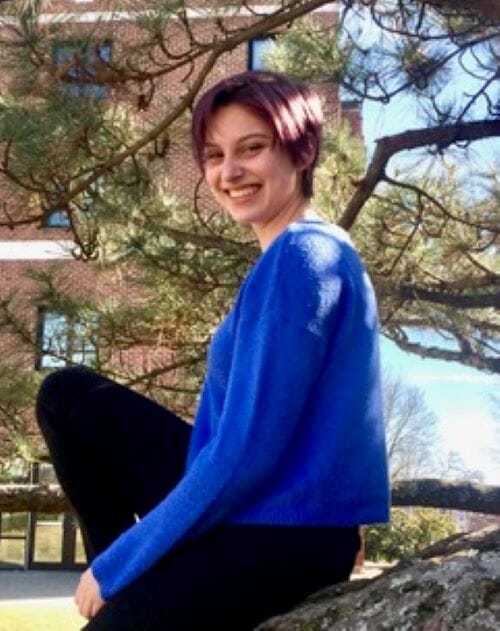
About the Author: Elizabeth Rozmanith
Anywhere Elizabeth travels, the first things she looks for are art exhibits and museums. She is happiest roaming through exhibits and reading about artists working to break boundaries and explore intersectional issues in today’s world. As a visual artist herself, when not perusing other people’s artworks Elizabeth can be found painting, printmaking or crafting jewelry. Other favorite hobbies include singing and finding places outside to read a good book. Elizabeth is incredibly excited to be using her love for the arts to create previews and artist interviews with Picture This Post.

